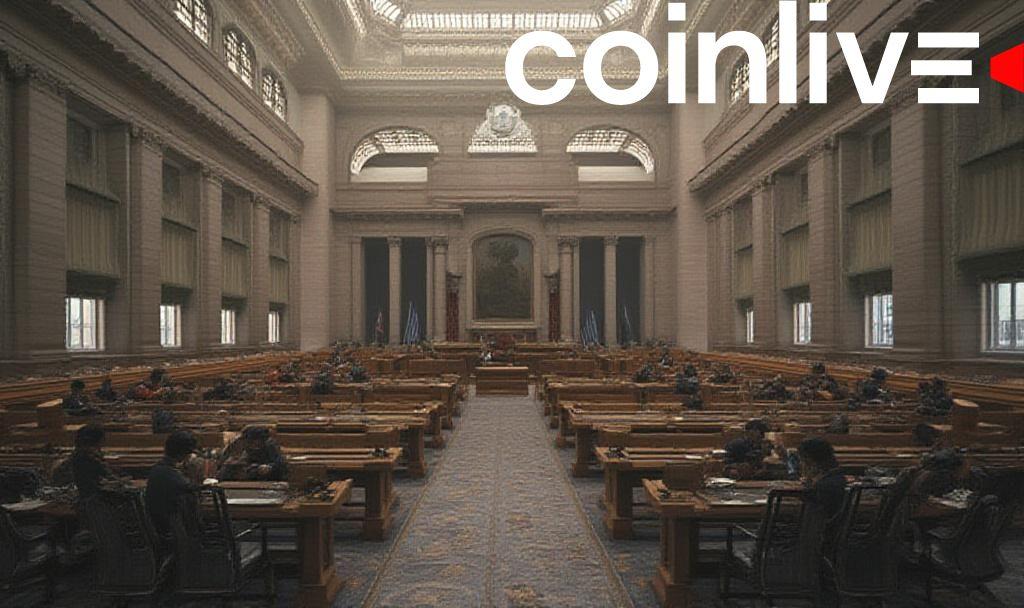- Trump’s tariffs blocked, challenging his trade strategy.
- Potential relief for U.S. businesses and consumers.
- Uncertainty looms over trade policies and market stability.

The court’s decision challenges Trump’s fiscal plans and creates immediate market uncertainty. Financial relief may be temporary pending appeal outcomes.
Tariffs and Legal Challenges
President Trump initiated tariffs on April 2, 2025, aiming for expansive revenue. The court acted against the tariffs, considering them beyond presidential power despite the appeal threat.
American businesses filed lawsuits claiming harm, leading to the court’s ruling. The tariffs affected nearly all global imports, with augmentations for nations like China and Mexico, impacting states significantly.
Market Reactions and Economic Implications
The decision caused market fluctuations and revealed the limits of Trump’s tariff strategy. Key economic implications arise, with the potential for relief being speculative amid ongoing appeals. “The potential reinstatement through appeals creates significant economic uncertainty,” said Carl Weinberg, Chief Economist, High Frequency Economics.
Carl Weinberg, Chief Economist, High Frequency Economics, “Uncertainty is now poised to escalate”: CBS News
Industry and Legal Framework
Industry reactions are mixed as financial uncertainties emerge. Historical trade approaches and legal doctrines are in scrutiny, adjusting United States’ international trade dynamics. This aligns with analyses like those found in US Code Title 50 Section 1702 regulations, setting legal frameworks for presidential powers on tariffs.
Carl Weinberg highlighted a threat to Trump’s fiscal strategy, reflecting broader sentiments. The court’s ruling could shape future tariff policies and legal interpretations, aligning economic interests and regulatory controls. Amid these legal challenges, insights from relevant antidumping duties such as investigations on softwood lumber products become increasingly pertinent for stakeholders assessing trade impact.








